Cannabinoid THC Dominant
THC 28 - 29%
CBD 1 - 1.17%
Effect Tingly
Side Effect Fatigue
Flavor Spicyherbal
Purple Slush Strain
THC
CBD
Potency
Indica genetics dominates in the Purple Slush strain, with an Indica/Sativa ratio of 80/20. The tetrahydrocannabinol (THC) level hovers around 28-29%, which is an impressive figure. Due to its potency, the strain is unsuitable for newbies. The list of cannabinoids lab-tested in this marijuana is mentioned below:
- CBD 1-1.17%
- CBC 0.21-0.26%
- CBG 0.04-0.15%
- CBN 0.39-0.44%
- THCV 0.22-0.47%
These compounds are essential and contribute to multiple therapeutic effects produced by cannabis.
Fragrances and Flavors
This weed is for smokers who want to enjoy a cocktail of fruity aromas. First, the scents released by Purple Slush are spicy and herbal and may seem too pungent. Then, people smell sugary grapes, berries, and apricots accented by floral notes and mild earthiness. Myrcene and carene dominate in this kush, but it is also rich in other rare terpenes.
Medical Benefits of Purple Slush
The effects start with pleasant tingles that spread throughout the body. Smokers experience an elevated mood and relaxation in their limbs. Happy feelings accompany this uplifting high and bring people into a state of total calm, making some individuals giggle without any reason.
Some of the physician-recommended uses of the Purple Slush strain are anxiety and insomnia. Also, it is known as a successful medication to cope with arthritis, muscle spasms, and inflammation.
This potent pot may provoke adverse effects in consumers such as:
- Fatigue
- Dry eyes
- Headache
- Thirst and dry mouth
- Slurred speech
- Heightened sensory perception
- Hallucination
- Rapid heartbeat
The best way to prevent these reactions is to use the weed reasonably. Individuals who have little to no experience in smoking cannabis medicinally or recreationally should avoid this strain.
Tips For Growers
The strain has a moderate level of cultivation difficulty. It flowers in 52-63 days, and yields can be anticipated in 62 days. Under ideal conditions, gardeners who grow it indoors and in greenhouses get plants of 30’’-60’’ in height that yield at 1-2 oz./ft2. Outdoor cultivators can expect 60’’-80’’ herbs that harvest at 10-15 oz./plant. As the name states, the strain develops beautiful dark-green bugs with purple (almost black) undertones that are super sticky and oversized.
Side Effects
Simply let us know how this strain tastes or write a detailed review.
Purple Slush Strain Cannabinoids
| THC | Tetrahydrocannabinol, or THC, is a major cannabis chemical compound. It is a psychoactive element that stimulates dopamine release and induces euphoria or happiness. THC-rich strains may be helpful with such conditions as lack of appetite, chronic pains , etc. It is considered to be the primary active marijuana component. | 28 - 29% |
| CBD | Cannabidiol, or CBD, is a major compound in cannabis, which is non-psychoactive. It is also proved to counteract the side effects of the second major component THC. CBD is widely used for medicinal purposes in rubs, oils and so on. It is helpful in muscle pain cases, may treat arthritis and migraines. Even Greeks used it against pain, while Queen Victoria applied it to get rid of menstrual cramps. | 1 - 1.17% |
| CBC | Cannabichromene, or CBC, is a minor cannabinoid, meaning that its quantity in cannabis is quite little. Though it has the same origin as CBD and THC, it is different in functions. Without any psychoactive effects, it is an efficient cannabis compound in combating acne and depression. CBC produces analgesic, antibacterial and anti-inflammatory effects. | 0.21 - 0.26% |
| CBG | Cannabigerol, or CBG, is one of the minor cannabis compounds in adult plants. On the other hand, young ones contain a lot of this antibacterial and anti-inflammatory component. During the growth, CBG is converted into different cannabinoids, mostly THC and CBD. The compound itself increases appetite and decreases eye pressure. | 0.04 - 0.15% |
| CBN | Cannabinol, or CBN, is a trace element in cannabis that is considered to be mildly psychoactive. It appears from oxidation THC, exposed to light and heat. CBN is mostly contained in old cannabis and in traditional hashish. It is effective against insomnia, bacterial infections and appetite loss. | 0.39 - 0.44% |
| THCV | Tetrahydrocannabivarin, or THC-V, is a compound contained in cannabis in trace amounts. Even though it is close to THC molecularly, it is different in effects. This compound may be psychoactive only in large amounts. THC-V reduces blood sugar, controls appetite, stimulates bone growth, etc. African Sativa strains are the richest in THC-V. | 0.22 - 0.47% |
Purple Slush Terpene Profile
| Carene | Carene (also known as Delta-3 carene) is a terpene found in rosemary, lemons, pines, and cedars, offering citrusy and cypress aroma. Studies on mice showed that carene provides anti-inflammatory effects, as well as promotes bone health and chronic pain relief. | 0.13% |
| Pinene | Pinene is one of the most widespread terpenes in nature, found in pine trees, basil, nutmeg, parsley, and rosemary. Cannabis containing terpene (alpha-pinene or α-pinene) boasts a strong pine scent. Pinene is responsible for anti-inflammatory, pain-relieving, and anti-anxiety effects. | 0.12% |
| Myrcene | Myrcene (also known as β-myrcene) is one of the most common terpenes found in cannabis, representing more than 20% of the modern marijuana terpene profile. Myrcene has a distinct earthy, musky flavor, resembling cloves. It is responsible for calming and soothing effects of weed. Myrcene is also found in hops, thyme, mango, lemongrass, guava melon. | 0.17% |
| Geraniol | Geraniol is a terpene initially contained in geraniums, as well as lemongrass, lemon peels, roses, blueberries, and carrots. The aroma is a sweet rose scent with notes of citrus. Geraniol features anti-inflammatory, antibacterial, antifungal, and neuroprotectant properties. It's rumored to have side effects such as allergic contact dermatitis or sensitive skin irritation. | 0.07% |
| Limonene | Limonene (also known as d-limonene) is the second most common terpene in nature and the third most common terpene in cannabis. It has a powerful citrus aroma and can be found in all citruses, including lemons, oranges, grapefruits, limes, juniper, etc. Limonene is known to elevate moods and provide anxiety, depression, and stress relief. | 0.12% |
| Linalool | Linalool (also known as beta linalool, linalyl alcohol, linaloyl oxide, and p-linalool) is one of the rarest terpenes found in cannabis, mostly in small quantities. Linalool is known for its spicy and lavender aroma, bringing relaxation and calming effects. It is also said to provide anti-inflammatory and analgesic properties that can be useful for athletes. | 0.12% |
| Bisabolol | Bisabolol (also known as α-Bisabolol or levomenol) is a lesser-known terpene found in cannabis. It contributes to anti-inflammatory, anti-irritant, antioxidant, anti-microbial, and analgesic properties of weed strains containing bisanol. Attentive smokers would be able to catch a nutty, fruity scent with herbal and floral undertones, with a tender trace of coconut. | 0.07% |
| Terpineol | Terpineol (also known as alpha-terpineol or a-terpineol) is a terpene naturally occurring in more than 150 plants, including lilacs, lime blossoms, eucalyptus sap, and pines. Among the therapeutic qualities are anti-inflammatory, antioxidant, antitumor, and antimicrobial. In cannabis, terpineol boasts the distinctive pine smoke aroma and causes a relaxing, sedative effect. | 0.01% |
| Phellandrene | Phellandrene (also known as alpha- and beta-phellandrene) is one of the rare terpenes found in cannabis with antihyperalgesic and antidepressive properties. Phellandrene contributes to a minty, woody, and mildly citrus aroma in cannabis. Previously confused with limonene and pinene, phellandrene was eventually distinguished as a separate terpene common for eucalyptus. Also, it could be found in mint, dill, black pepper, cinnamon, parsley, pine, and lavender. | 0.12% |
| Caryophyllene | Caryophyllene (also known as beta or b caryophyllene) is a terpene found in many herbs and spices, such as black pepper, basil, rosemary, and oregano. Cannabis high in caryophyllene delivers a strong spicy, peppery aroma, resembling cinnamon and cloves. Caryophyllene offers potent anti-inflammatory and sedative effects. | 0.07% |
| Total terpenes content | 1.00% |
Growing Info
Similar Strains
THC 26 - 28%
CBD 1.15 - 1.26%
Effect Tingly
Flavor Pungent
THC 16 - 25%
CBD 1 - 1.18%
Effect Creative
Flavor Spicyherbal
THC 13.75 - 18.5%
CBD 0.67 - 0.96%
Effect Concentrated
Flavor Sweet
THC 10.27 - 17.45%
CBD 0.02 - 0.29%
Effect Aroused
Flavor Spicyherbal
THC 22 - 26%
CBD 1.15 - 1.36%
Effect Focused
Flavor Pungent
THC 17 - 21%
CBD 0.37 - 0.93%
Effect Giggly
Flavor Skunk
THC 16.2 - 19.6%
CBD 0.31 - 0.51%
Effect Euphoric
Flavor Spicyherbal

THC 16.25 - 19.5%
CBD 2.39 - 2.7%
Effect Relaxed
Flavor Berry
THC 20 - 23.5%
CBD 0.28 - 0.62%
Effect Happy
Flavor Berry
THC 18 - 21.5%
CBD 1.28 - 1.57%
Effect Sleepy
Flavor Sweet
THC 12.7 - 17.68%
CBD 0.02 - 0.29%
Effect Tingly
Flavor Ammonia
THC 14.4 - 16.8%
CBD 0.26 - 0.62%
Effect Creative
Flavor Blueberry
THC 15 - 23%
CBD 2 - 2.11%
Effect Euphoric
Flavor Woody
THC 22.35 - 24.35%
CBD 0.07 - 0.68%
Effect Sleepy
Flavor Sweet
THC 17.5 - 19.5%
CBD 0.74 - 0.96%
Effect Sleepy
Flavor Earthy
THC 22 - 26%
CBD 0.31 - 4%
Effect Aroused
Flavor Mango
THC 8.25 - 10.25%
CBD 0.02 - 0.57%
Effect Sleepy
Flavor Grapefruit
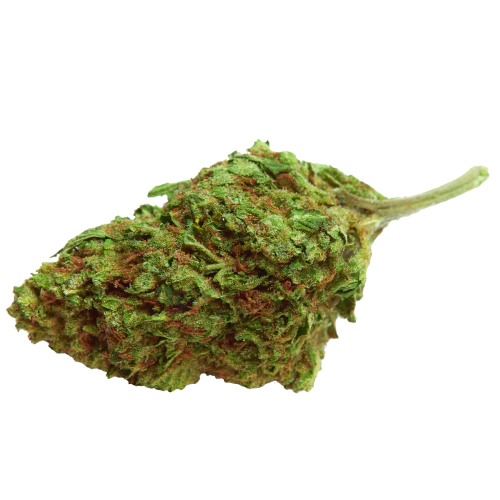


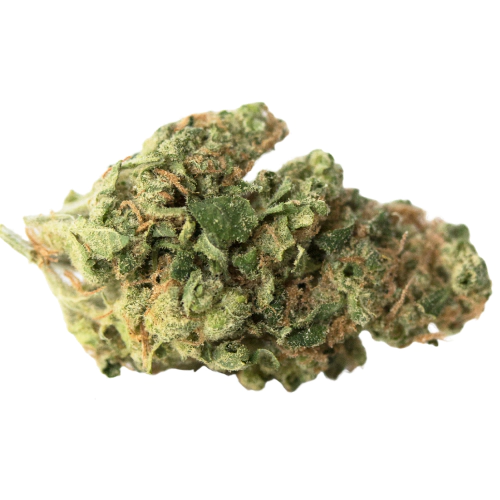


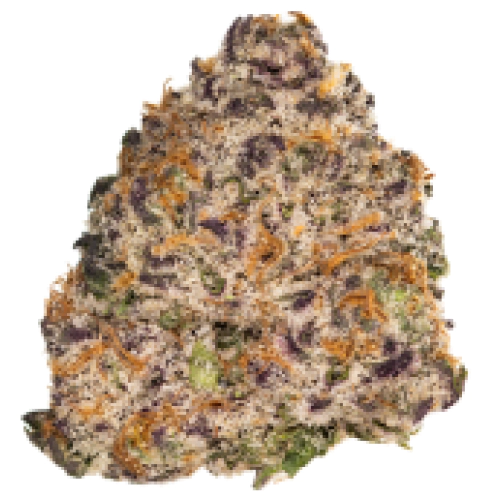
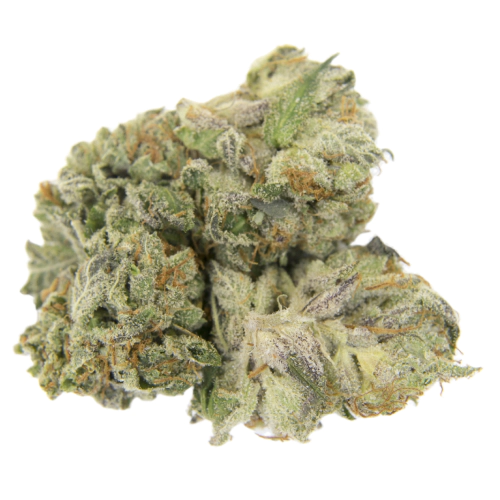
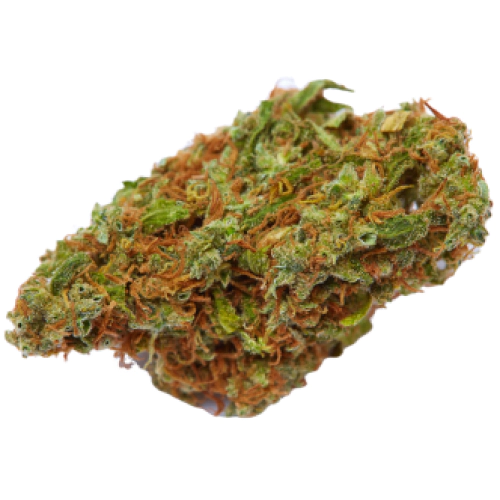



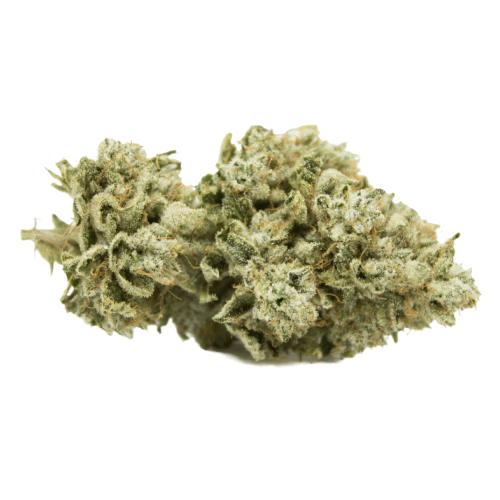
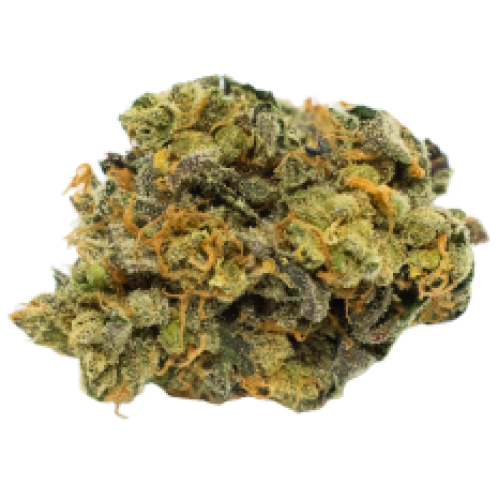

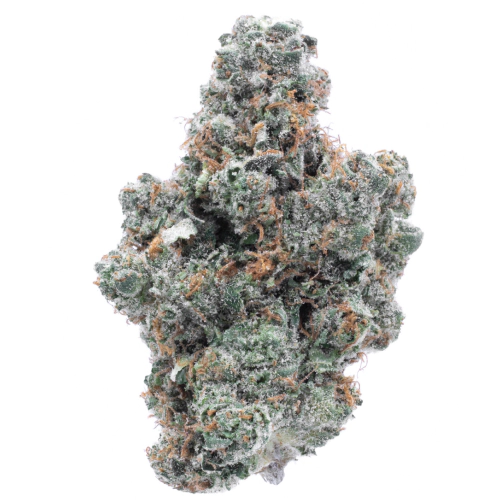

Be the first and share your opinion
Write a Review